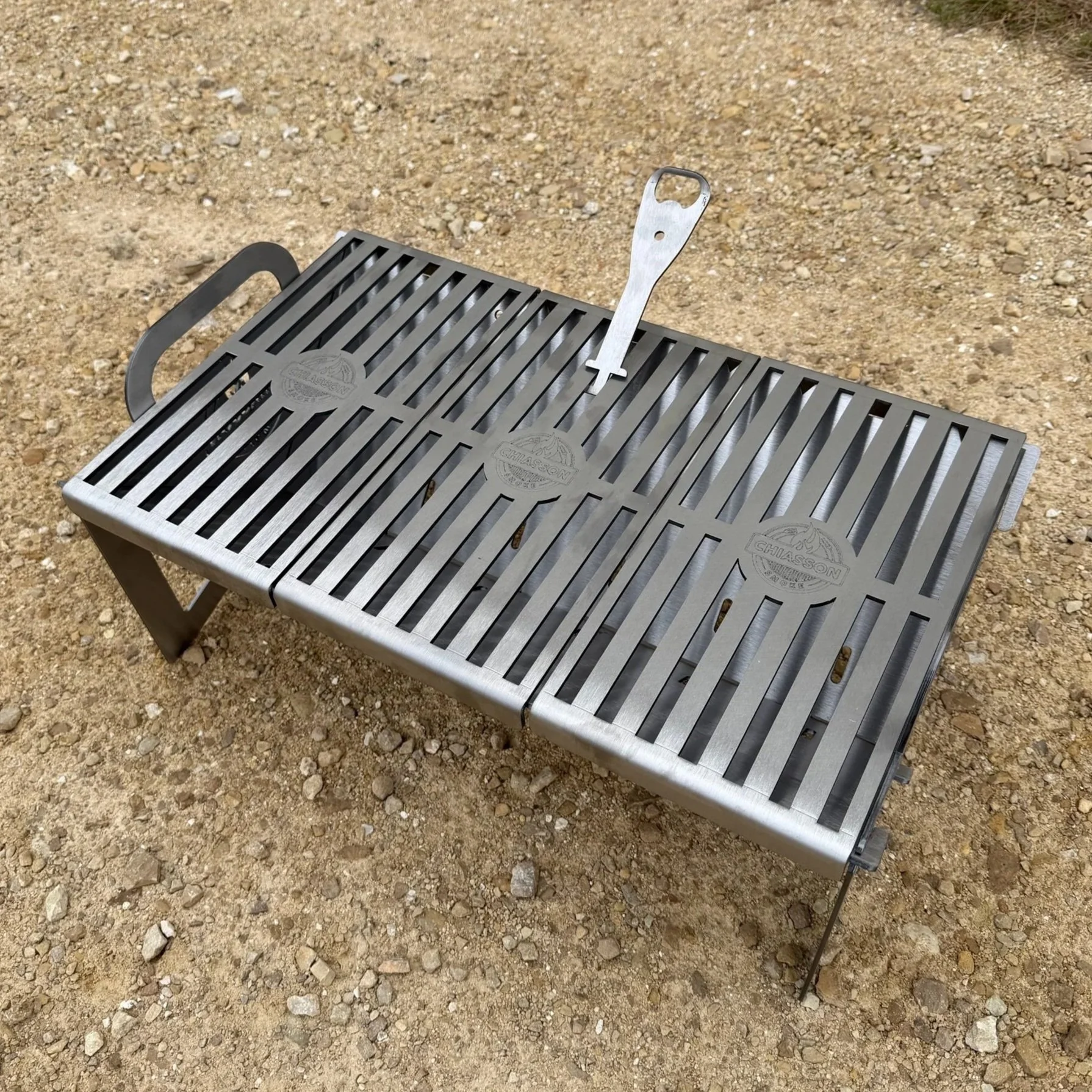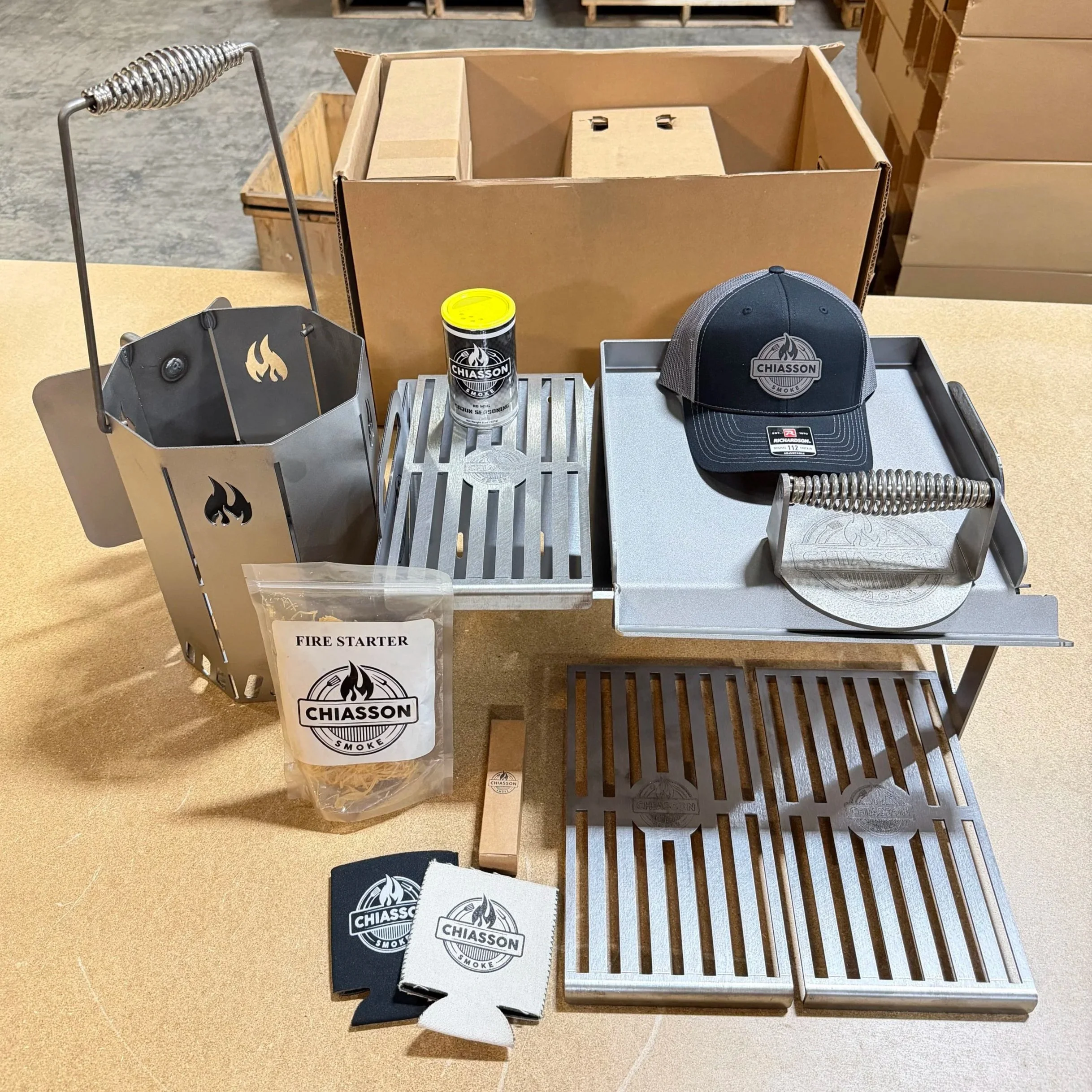Beginner’s Guide to Packing for a Weekend Camping Trip
Camping for a weekend sounds simple—just grab a sleeping bag, a tent, and head out, right? Well… almost. The truth is, a little bit of packing know-how can mean the difference between a peaceful escape in nature and a cold, soggy, “I-just-want-to-go-home” disaster.
If you’ve never been camping before, the idea of packing can feel overwhelming. You might wonder: What do I really need? Will I forget something important? Am I going to survive without Wi-Fi? (Yes, you will.)
This guide will walk you through exactly what to bring for a short weekend camping trip. We’ll keep it simple, friendly, and—most importantly—doable, even for first-timers.
Step 1: Think About the Basics First
Before you start tossing random things in a bag, think about what camping actually is: living outside for a couple of days. That means you need to pack for sleeping, eating, staying safe, and keeping comfortable.
The “big three” for camping are:
Shelter – Your tent or other place to sleep.
Food – What you’ll eat and how you’ll cook it (don’t forget you’ll need to start a fire!)
Clothing – What you’ll wear to stay warm, dry, and clean.
Everything else you bring is either a comfort or a backup plan.
When you pack with this in mind, it’s easier to stay organized. You won’t just throw in a bunch of gear you saw on TikTok—you’ll pack with purpose.
Step 2: Choosing the Right Shelter
Your tent is your home away from home, and it’s worth picking one that actually works for the conditions. If you’re camping somewhere warm and dry, almost any decent tent will do. If you’re camping where it might rain, you need a tent with a proper rainfly (the waterproof cover that goes over the top).
Also, don’t forget:
Tent stakes (yes, the little metal things—don’t assume they’re already in the bag)
A tarp for under the tent to protect from moisture
A mallet or rock for hammering stakes in
If you’ve never set up your tent before, practice in your backyard or living room. Trust me—figuring it out in the dark, with hungry mosquitoes around, is not fun.
Step 3: Sleeping Gear That Actually Lets You Sleep
Camping is not supposed to mean tossing and turning all night. You need three things for a good sleep:
Sleeping bag – Check the temperature rating. If the bag is only good for “summer nights” and it’s going to be 45°F outside, you’re going to be shivering.
Sleeping pad or air mattress – Even a thin foam pad can make a big difference. The ground is harder and colder than you think.
Pillow – You can bring a small camp pillow or just stuff a hoodie with clothes.
If you’re trying to save space, don’t skip the pad. Your back will thank you.
Step 4: Camp Cooking Without the Headache
Food is where beginner campers either shine or struggle. You need a way to cook, and it should be simple. You’re not opening a five-star restaurant in the woods—you just need hot meals.
For weekend camping, one of the easiest options is a flat-pack grill or a rocket stove. Here’s why:
They’re small, light, and easy to pack.
You can cook with sticks, charcoal, or small pieces of wood— the propane tank is optional.
They’re perfect for quick meals like grilled cheese, hot dogs, or foil packet dinners.
Bring some basics for cooking:
Lightweight pot or pan
Spatula or tongs
Plate or bowl (metal or sturdy plastic)
A fork, spoon, and knife
Matches or a lighter (plus a backup—lighters get lost)
Pro Tip: Pre-make some meals at home. Marinate meat in a zip-top bag, chop veggies, or even make sandwiches to eat cold for lunch. The less you have to chop or wash dishes at camp, the better.
Step 5: Food and Snacks That Won’t Spoil
Since you’re only camping for two nights, you can bring a small cooler with ice packs. That lets you pack fresh food without worrying about it going bad.
Good camping foods for a weekend:
Eggs (boiled or scrambled on site)
Sausages or hot dogs
Bread or tortillas
Peanut butter and jelly
Apples, oranges, or bananas
Granola bars
Trail mix
Don’t forget coffee or tea if you’re a morning drink person—trust me, waking up in the fresh air with a warm drink is one of the best parts of camping.
Step 6: Clothing for Any Weather
Even if the forecast says “sunny and warm,” bring something for rain and cold. Weather in the outdoors can surprise you. The key is layers. You can put them on when it’s chilly and peel them off when it’s hot.
For a weekend trip, pack:
One outfit for each day, plus one spare (because mud happens)
A hoodie or fleece
A waterproof jacket
Comfortable pants (jeans get heavy when wet—consider quick-dry hiking pants)
Warm socks (wool or synthetic—no cotton if it’s cold)
Sturdy shoes (hiking boots or sneakers you don’t mind getting dirty)
And yes—bring a hat. Either a sun hat for the day or a knit hat for chilly nights.
Step 7: Staying Clean Without a Shower
You won’t always have running water, but you can still stay clean and comfortable.
Pack:
Biodegradable soap (so you don’t harm the environment)
A washcloth or small towel
Baby wipes (lifesavers for quick cleanups)
Toothbrush and toothpaste
Hand sanitizer
Also, bring a small trash bag for dirty clothes. No one wants muddy socks mixed in with clean shirts.
Step 8: Safety and Navigation
Even if you’re just a few miles from the nearest town, nature can still throw surprises at you. Have a small but complete safety kit.
Include:
First aid kit (bandages, pain relievers, antiseptic wipes)
A flashlight or headlamp (with extra batteries)
Map of the area (don’t rely only on your phone—service can disappear)
Whistle (for emergencies)
A ferro rod or matches so you can start a fire in an emergency
If you’re camping in bear country, learn how to store food safely. Even raccoons will get into your snacks if you’re careless.
Step 9: Comfort Items
You don’t have to “rough it” completely. A few small extras can make your trip way better:
A folding chair (because sitting on a rock gets old)
A book or deck of cards for relaxing in the evening
A small lantern for the picnic table
Sunglasses and sunscreen
Bug spray (non-negotiable in summer)
These aren’t “must-haves” for survival, but they can turn a basic camping trip into something you look forward to doing again.
Step 10: How to Pack Smart
Here’s a secret: it’s not just what you pack, but how you pack it. A well-packed car or backpack means you can find things quickly and you don’t end up digging through a tangled mess in the dark.
Tips for smart packing:
Keep your tent and sleeping gear together. You’ll want them first when you arrive.
Put food in one container so critters (and your friends) don’t spread it all over camp.
Keep small essentials—like your flashlight, matches, and snacks—in an easy-to-reach spot.
If you’re hiking into your campsite, keep heavy items close to your back in the pack and lighter items toward the top.
Step 11: Don’t Forget the Leave-No-Trace Rule
Camping is about enjoying nature, not trashing it. Always follow the Leave No Trace principles:
Take out everything you brought in—including trash.
Stay on marked trails.
Don’t pick plants or disturb animals.
Use biodegradable soap and dump dirty water at least 200 feet from streams or lakes.
This isn’t just good manners—it keeps camping spots beautiful for the next visitors (and for your next trip).
Step 12: A Sample Weekend Packing Checklist
Here’s a quick example of what a packed list might look like for two nights. Adjust it for your own needs:
Tent, stakes, tarp
Sleeping bag, sleeping pad, pillow
Flat-pack grill or rocket stove
Pot/pan, utensils, lighter, matches
Cooler with food (hot dogs, bread, eggs, fruit, snacks)
Water bottles or jug of drinking water
Clothes for 3 days + rain gear
Toiletries, wipes, towel
First aid kit, flashlight, map
Folding chair, book, bug spray, sunscreen
Final Tip: When you get home, make a note of what you used, what you didn’t, and what you wish you’d had. Next time, packing will be even easier.
So grab that tent, pack smart, and get ready to discover why people keep going back to the woods year after year. Your adventure starts the moment you zip that backpack.











